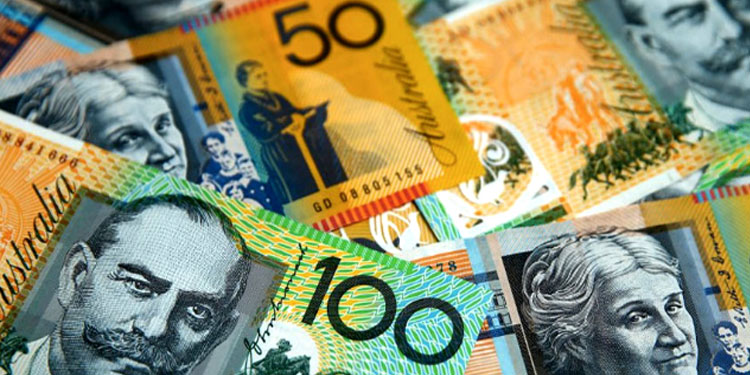Sydney/Karachi – June 10, 2025, 8:55 PM PST – The Australian Dollar (AUD) has gained significant ground against the Pakistani Rupee (PKR), trading at 184.06 PKR today, up from 180.17 PKR last week, according to open market data. This 2.16% increase in the exchange rate reflects shifting economic dynamics and market forces impacting both currencies.
Valuation Process
The exchange rate between the Australian Dollar and Pakistani Rupee is determined by supply and demand in the foreign exchange market, influenced by economic indicators and monetary policies. The Australian Dollar operates under a floating exchange rate regime, managed by the Reserve Bank of Australia. Its value is shaped by factors such as Australia’s trade balance, commodity prices (notably iron ore and coal), interest rates, and global investor sentiment. A strong Australian economy, bolstered by its resource exports, often supports AUD appreciation.
In contrast, the Pakistani Rupee follows a managed floating exchange rate, with the State Bank of Pakistan intervening to stabilize its value during periods of volatility. The PKR’s valuation is influenced by Pakistan’s foreign exchange reserves, inflation, trade deficits, and remittances. The recent strengthening of the AUD against the PKR may stem from a combination of a robust AUD, driven by rising commodity demand, and a relatively weaker PKR, possibly due to pressures on Pakistan’s reserves or inflationary challenges.
Impact of the Exchange Rate Shift
The appreciation of the Australian Dollar against the Pakistani Rupee has notable implications for trade, remittances, and economic ties between Australia and Pakistan. For Pakistani students and expatriates in Australia, the stronger AUD means their remittances to Pakistan yield more PKR, increasing their families’ purchasing power. However, Pakistani importers purchasing Australian goods, such as agricultural products or minerals, now face higher costs, as their PKR buys fewer AUD. This could lead to increased prices for Australian imports in Pakistan, affecting sectors like food and raw materials.
For Australian exporters, the stronger AUD enhances the value of their earnings in PKR terms, potentially boosting trade with Pakistan. However, a sustained PKR depreciation could strain Pakistan’s trade balance, particularly if import costs continue to rise. Economists suggest that Pakistan’s efforts to bolster its reserves and control inflation will be crucial to stabilizing the PKR and mitigating these effects.
Introduction to AUD and PKR
The Australian Dollar (AUD), issued by the Reserve Bank of Australia, is the official currency of Australia, including its external territories. Subdivided into 100 cents, it is symbolized as $ or A$ to distinguish it from other dollar-based currencies. Introduced in 1966 to replace the Australian pound, the AUD is a major global currency, reflecting Australia’s strong economy driven by mining, agriculture, and services.
The Pakistani Rupee (PKR), issued by the State Bank of Pakistan, is the official currency of Pakistan. Subdivided into 100 paise (though paise coins are obsolete), it is symbolized as ₨ or Rs. Operating under a managed float, the PKR’s value fluctuates based on economic conditions, making it a focal point for Pakistan’s expatriates, businesses, and policymakers. It is used for all transactions within Pakistan.
As the AUD-PKR exchange rate continues to fluctuate, stakeholders in both nations will monitor economic developments to navigate future trends.


Leave a Comment